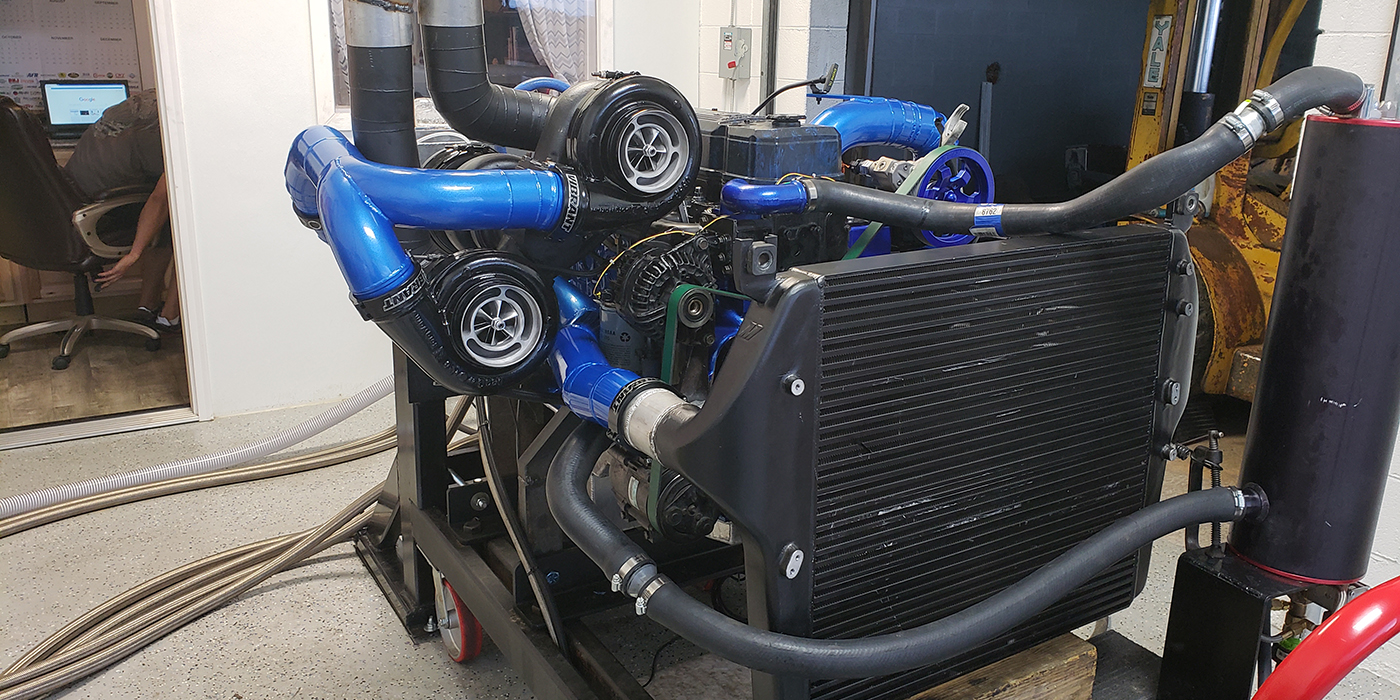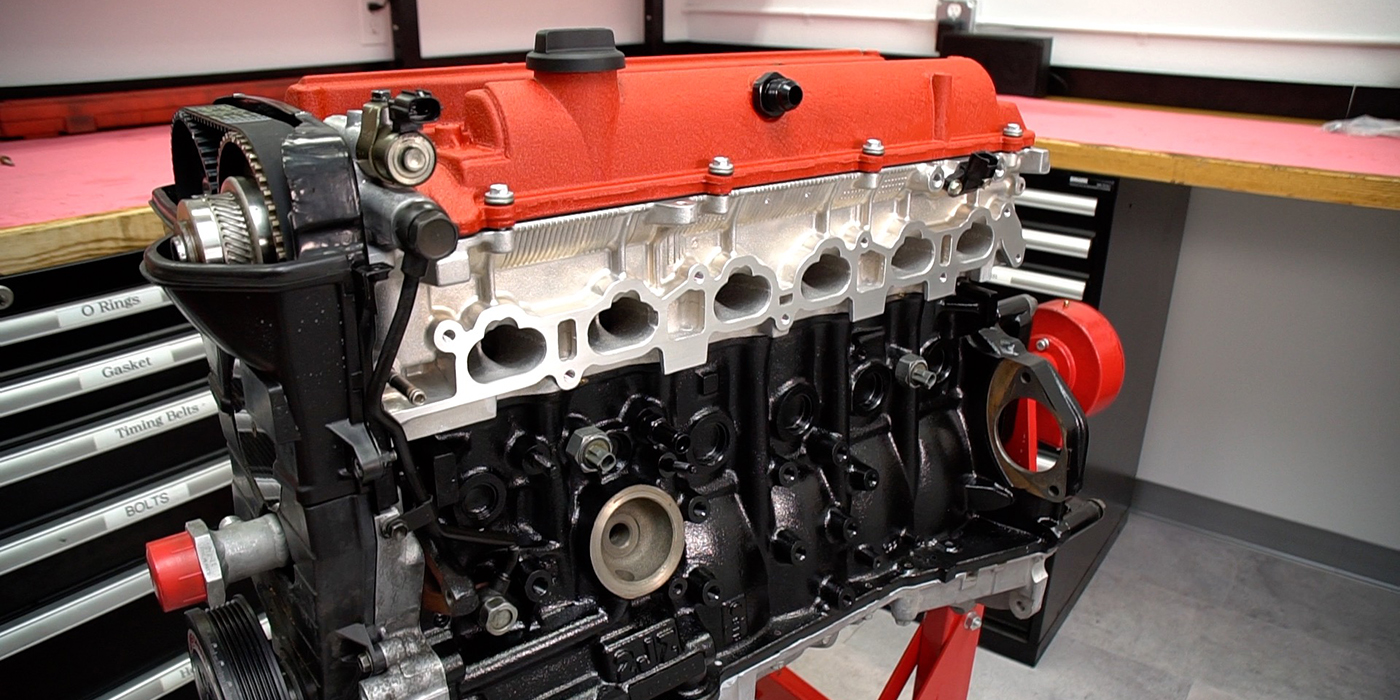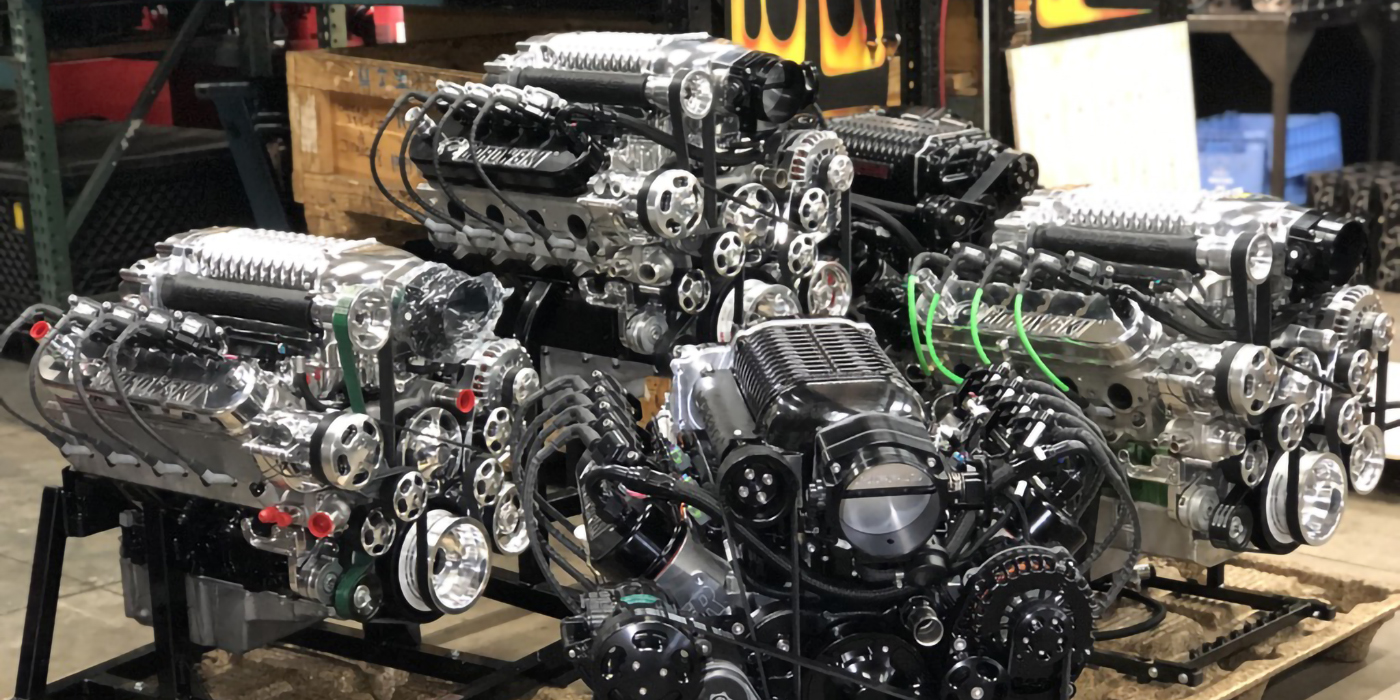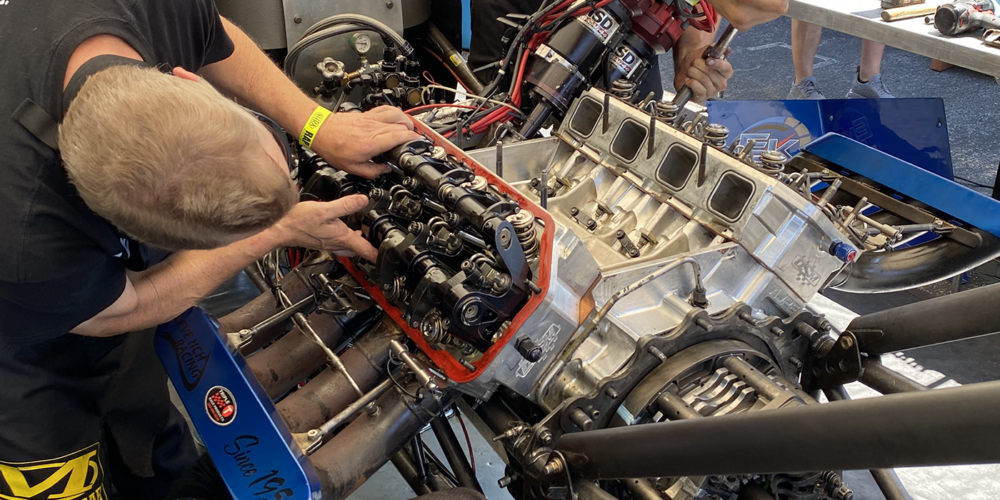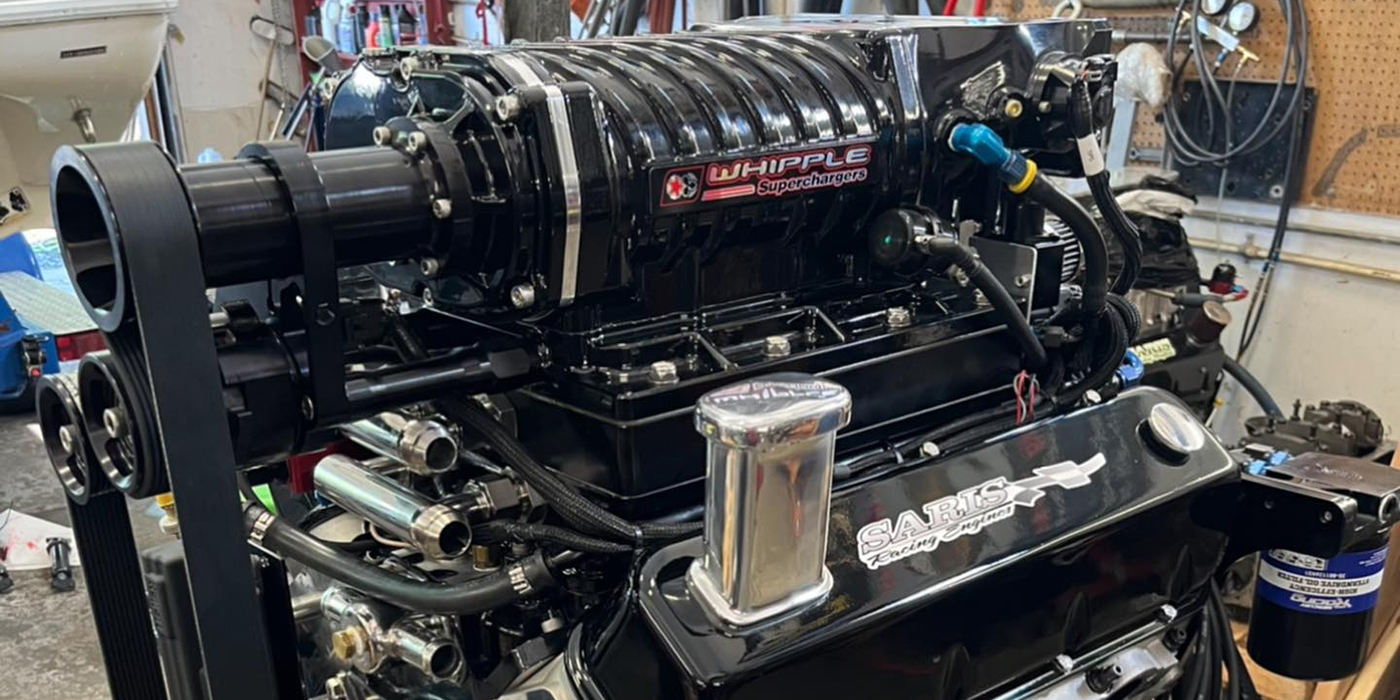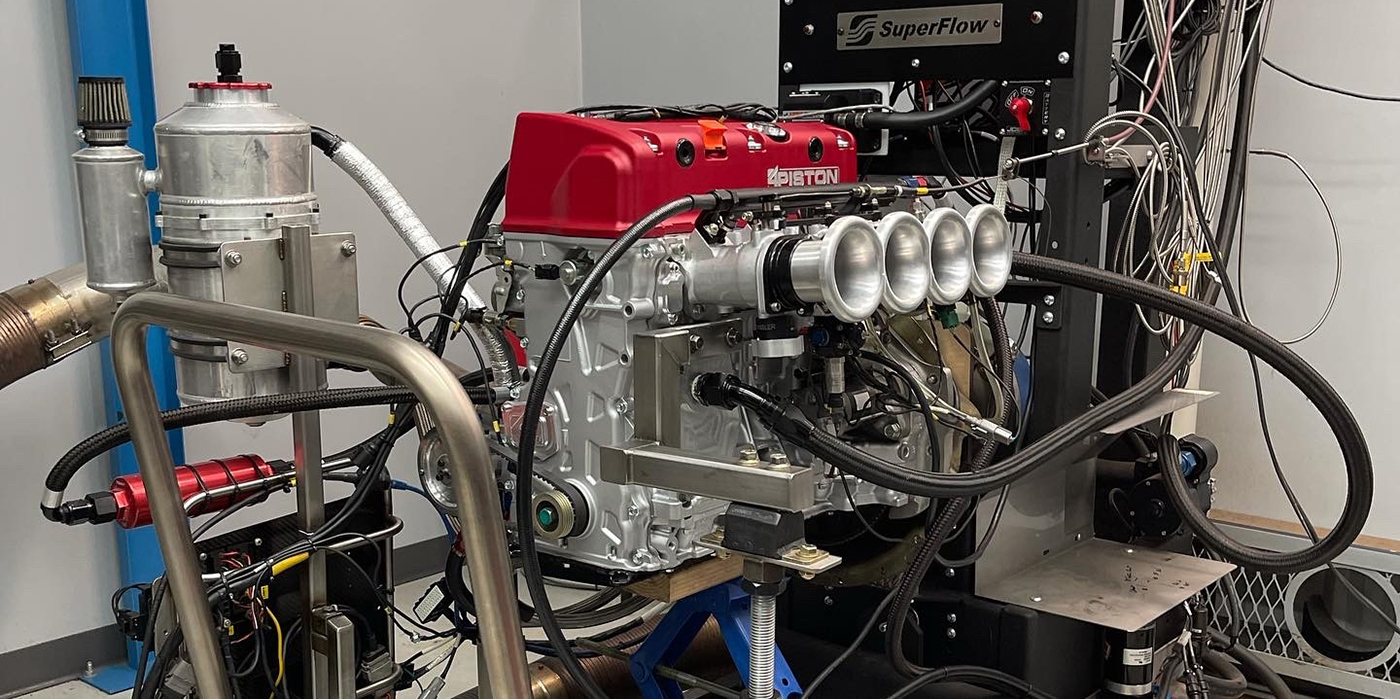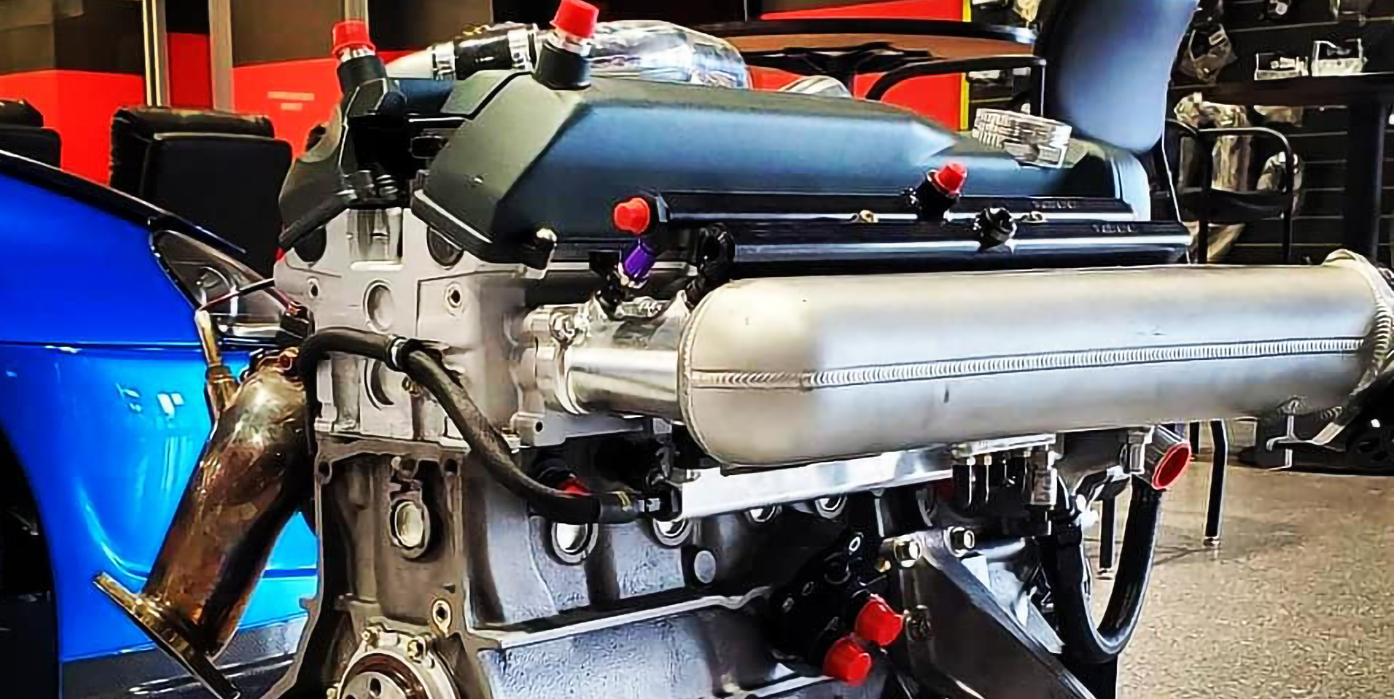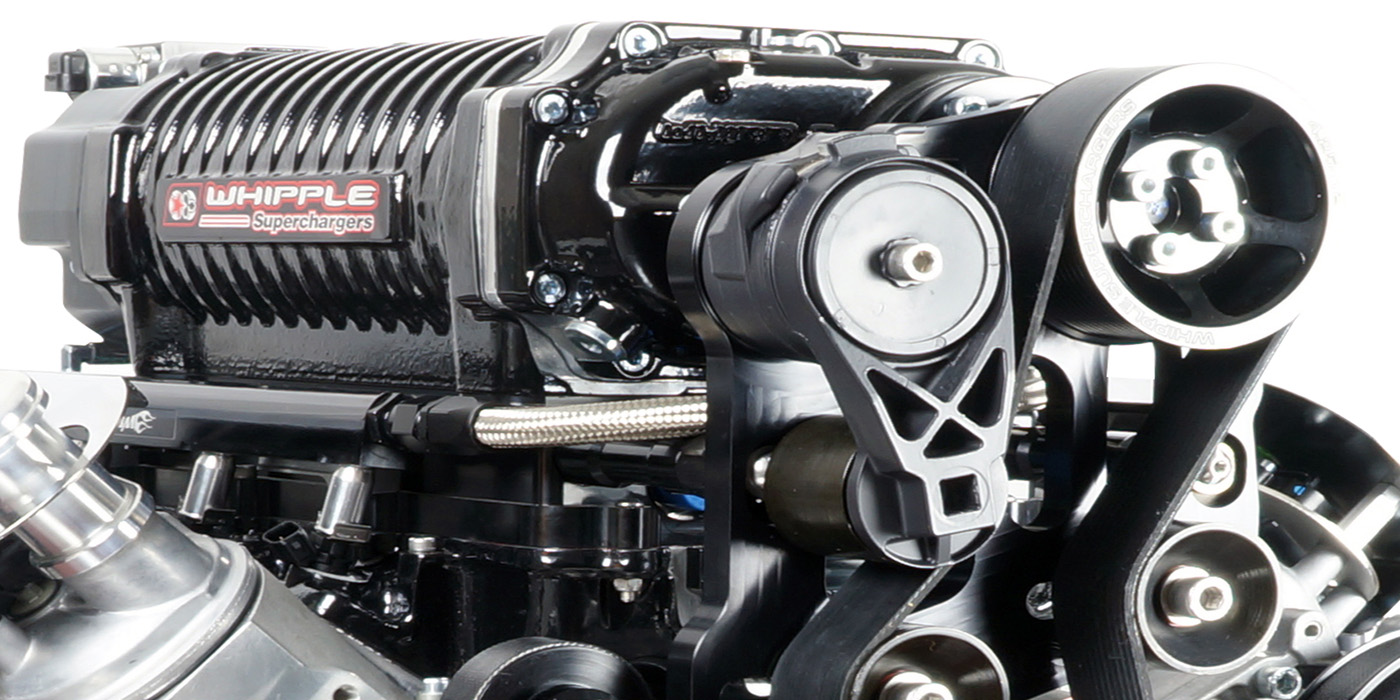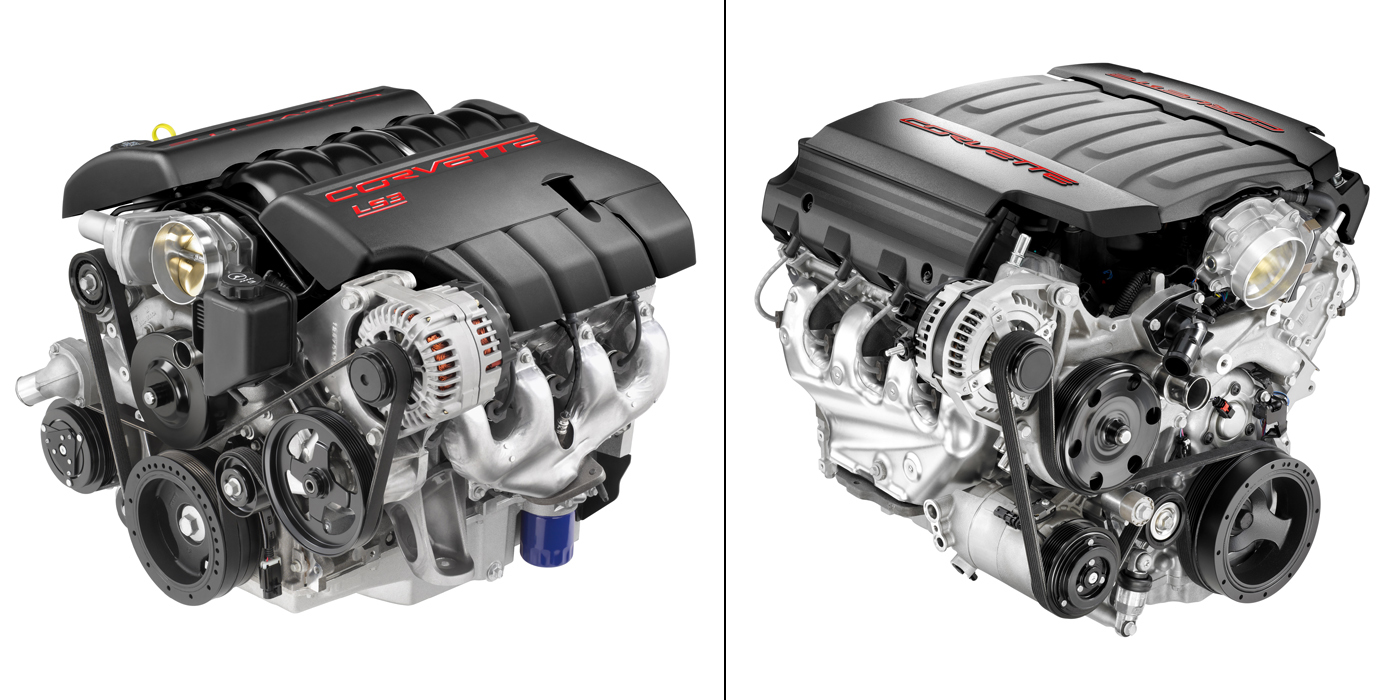First off, all oil breaks down. That generally will include basestocks and additives. Without focusing on performance characteristics, the most significant difference from one oil to another is how quickly breakdown occurs. Although there are many factors that contribute to the breakdown of an oil, heat is one of the most important. Depletion and decreased effectiveness of oil additives is also important, but that will be discussed later.
Petroleum oil begins to break-down almost immediately. A high-quality synthetic, on the other hand, can last for many thousands of miles without any significant reduction in performance or protection characteristics. Synthetics designed from the right combination of basestocks and additives can last almost indefinitely with the right filtration system.
Flash point is the temperature at which an oil gives off vapors that can be ignited with a flame held over the oil. The lower the flash point the greater tendency for the oil to suffer vaporization loss at high temperatures and to burn off on hot cylinder walls and pistons.
The flash point can be an indicator of the quality of the base stock used. The higher the flash point the better. 400 degrees F is the absolute MINIMUM to prevent possible high consumption.
Even the best petroleum oils will have flash points only as high as 390 and 440 degrees F. Some actually have flashpoints as low as 350 degrees. For today’s hot-running engines, this is not nearly enough protection. Just about any synthetic you come across will have a flashpoint over 440 degrees. Premium synthetics can have flashpoints over 450 degrees F with some even reaching as high as 500 degrees F. That’s a big difference.
It’s important to understand how petroleum and synthetic oils burn off. As a refined product, petroleum oil molecules are of varying sizes. So, as a petroleum oil heats up, the smaller, lighter molecules begin to burn off first.
Since the ash content in many petroleum oils is higher than synthetics, deposits and sludge are left behind to coat the inside of your engine. Detergent and dispersant additives are used to keep these deposits to a minimum, but only so much can be done. Unless you’re changing a petroleum oil every 2,000 to 3,000 miles some deposits are going to be left behind.
In addition, as smaller particles burn off, the larger, heavier molecules are all that is left to protect the engine. Unfortunately, these larger particles do not flow nearly as well and tend to blanket engine components which just makes the heat problem worse.
Synthetic oils, on the other hand, because they are not purified, but rather designed within a lab for lubrication purposes, are comprised of molecules of uniform size and shape. Therefore, even if a synthetic oil does burn a little, the remaining oil has nearly the same chemical characteristics that it had before the burn off. There are no smaller molecules to burn off and no heavier molecules to leave behind.
Moreover, many synthetics have very low ash content and little if any impurity. As a result, if oil burn off does occur, there is little or no ash left behind to leave sludge and deposits on engine surfaces. Obviously, this leads to a cleaner burning, more fuel efficient engine.
Synthetics do a much better job of “cooling” engine components during operation. Because of their unique flow characteristics, engine components are likely to run 10 to 30 degrees cooler than with petroleum oils. This is important, because the hotter the components in your engine get, the more quickly they break down.
Most people understand that at cold temperatures, an oil tends to thicken up, and many people know that synthetics do a better job of staying fluid. However, many people don’t realize why petroleum oils tend to thicken up. More importantly, though, they don’t realize that this thickening process can wreak havoc on their oil. Because most petroleum oils contain paraffins (wax), they tend to thicken up considerably in cold temperatures. Therefore, in order to produce a petroleum oil that will perform adequately in severe cold temperatures, additives called pour point depressants must be used in high quantities. These additives are designed to keep the wax components of a petroleum oil from crystallizing. This maintains decent flow characteristics in cold weather for easier cold starts.
In areas where the temperature remains below zero for any period of time, these additives are used up very quickly because petroleum oils are so prone to wax crystallization. As a result, the oil begins to flow less easily in cold weather temperatures. Of course, the result is harder cold starts and tremendously increased engine wear. Thus, the oil must be changed in order to provide the cold weather engine protection that is necessary.
Synthetic oils, on the other hand, contain no paraffins. Therefore, they need NO pour point depressant additives. In addition, even without these additives, synthetics flow at far lower temperatures than petroleum oils. For instance, very few petroleum oils have pour points below -30 degrees F. Many synthetic oils, without any pour point depressants, have pour points below -50 degrees F. That’s a big difference. There is, in fact, one oil on the market that has a pour point of -76 degrees F.
Since synthetics do not have any pour point depressants, there is no chance of these additives breaking down or being used up over time. There are no additives to break down. Therefore, synthetic oils maintain their cold temperature flow characteristics for a very long time. As a result, there is one less reason to change the oil if using synthetic as opposed to petroleum.
Another part of cold weather driving that is extremely tough on an oil is condensation. Because it is so cold, it takes a fairly long drive to get the engine warm enough to burn off the condensation that occurs inside the engine. Consequently, vehicles routinely driven short distances in cold weather will build up condensation within the oil. If left to do its dirty work, this water would cause acids to build up within the oil and corrosion would begin within your engine.
So, there are additives in the oil that are designed to combat these acids. Generally, the TBN value of an oil will be a good determination of how well and for how long an oil will be able to combat these acids. Most petroleum oils have TBN numbers around 5. Most synthetics have TBN levels over 8 or 9. Premium synthetic oils (especially those designed specifically for extended oil drains) will have TBN numbers around 11 to 14. This allows for much better acid control for a much longer period of time, thus decreasing the need for an oil change due to cold temperature condensation.
It is true that the additives in many oils begin breaking down after only a few thousand miles. What needs to be recognized is that there are different quality “grades” of additives just as there are different quality grades of just about any other product that you buy. There are also different combinations of additives that tend to work for better and for longer when combined than when used individually.
VISCOSITY RETENTION – Shear stable viscosity index improvers help premium synthetic motor oils maintain their viscosity in the range appropriate to each grade over extended drain use. Conventional oils formulated with easily sheared viscosity index improvers often drop out of viscosity specification relatively quickly – sometimes even before the end of a 3,000-mile oil drain interval. Viscosity loss leaves oils incapable of protecting engines from metal to metal contact and wear in high temperatures.
CONTAMINANT CONTROL – Dispersants keep contaminants, including combustion by-products, suspended in oil. The rate of dispersant depletion depends on the motor oil’s additive treat-rate and the oil’s contaminant load. Premium synthetic motor oils are formulated with high additive treat rates specifically to allow extended drain intervals.
ACID CONTROL – Total Base Number (TBN) describes the acid neutralization ability of an oil, with higher TBN oils providing longer lasting acid neutralization. Most passenger car motor oils are formulated with TBN of 5 to 7. Many synthetic motor oils are formulated with 9-11 TBN or higher. The result: longer and better acid neutralization capability allowing for extended drain use.
There is also the issue of contamination. Oil will be contaminated in three major ways.
One will be through debris that comes in through the air intake. Once it makes it through the air filter, it ends up in your oil. Once in your oil, it starts damaging your engine.
The second source of contamination will be metal shavings from the inside of your engine. The lesser the quality of the oil, the higher percentage of these shavings because there will be more metal to metal contact inside the engine.
The third source of contamination will be from combustion by- products. Combustion by-products will generally raise the acidity of your oil, which causes corrosion in your engine. In addition, they will be left behind as the engine oil burns off and will collect on the inside of your engine as deposits. To maintain the viability of your oil as well as protection of the engine, the contaminants have to be removed/ neutralized.


